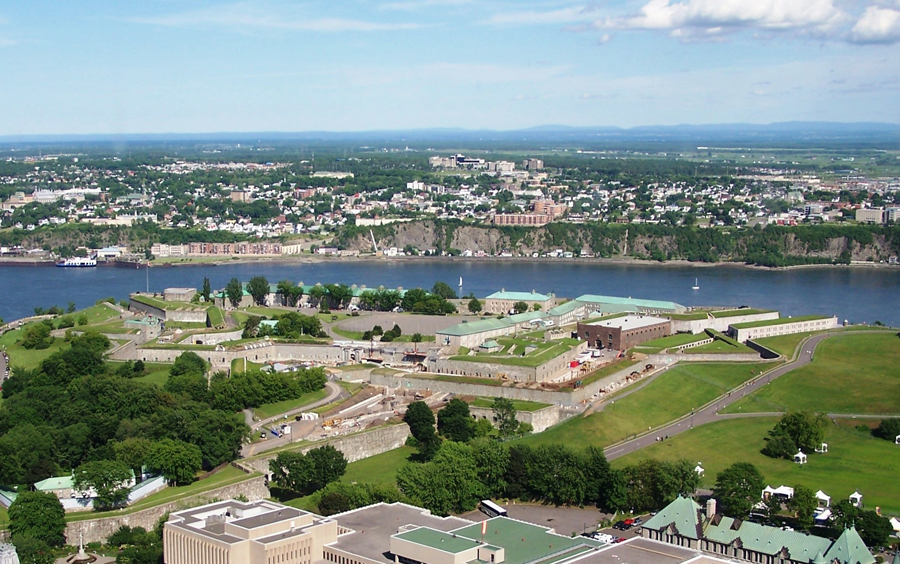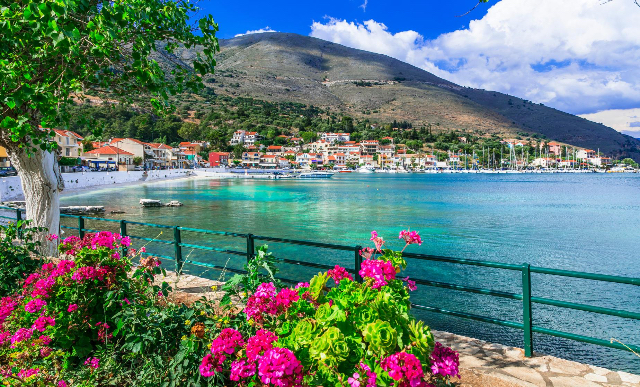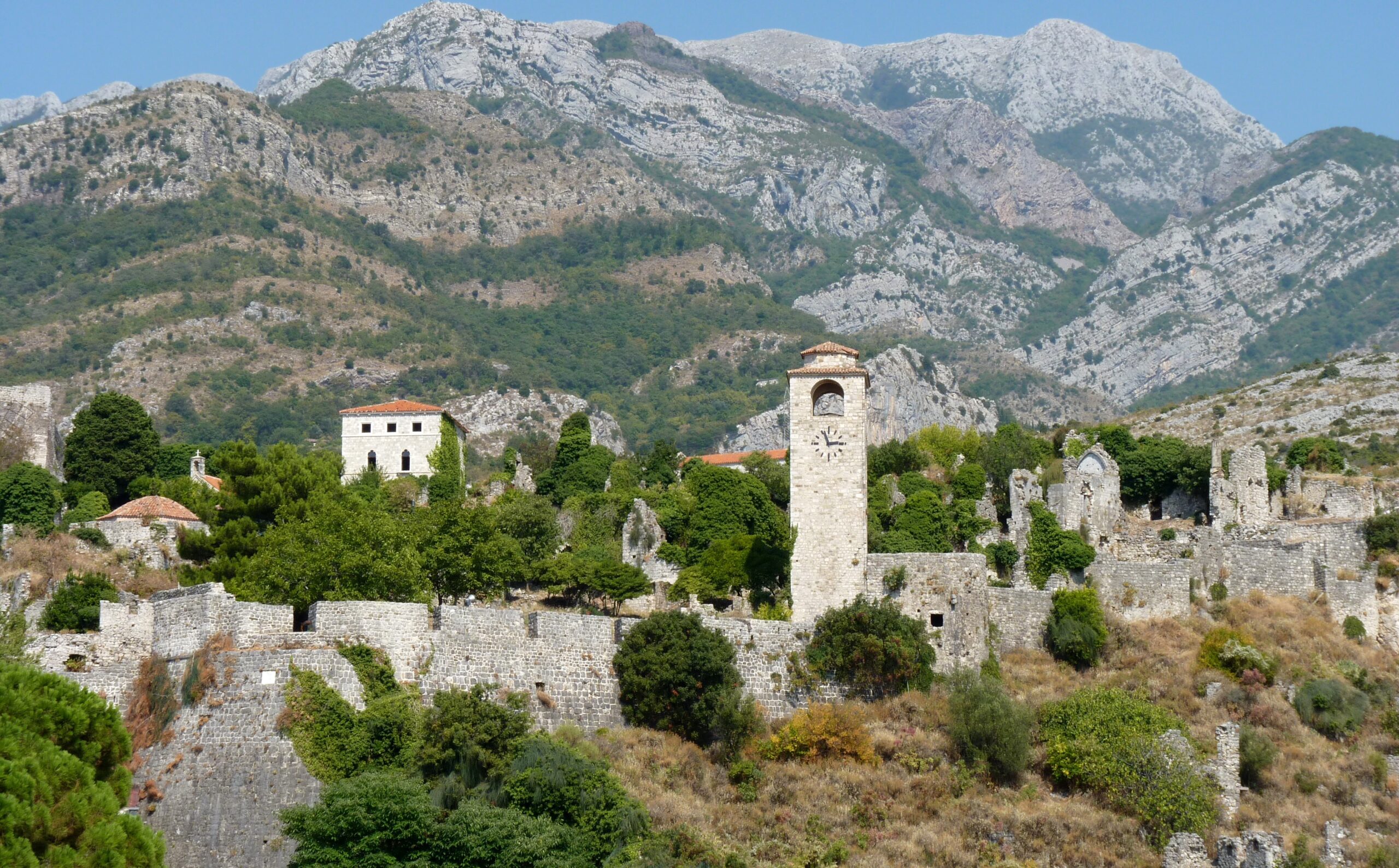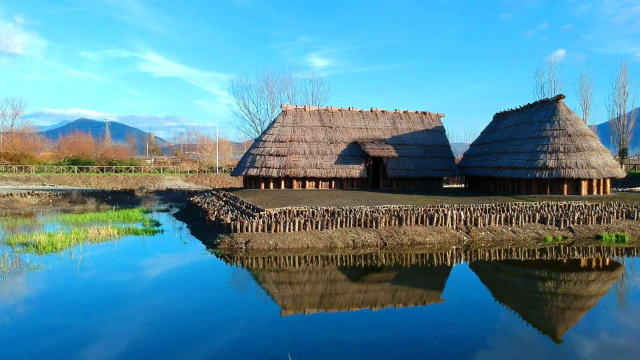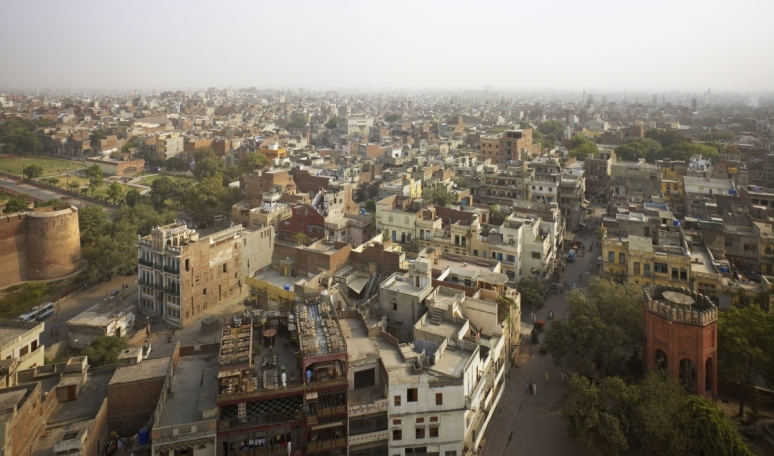The town of Ohrid is one of the oldest human settlements in Europe.Built mostly between the 7th and 19th centuries, Ohrid is home to the oldest Slav monastery (dedicated to St. Pantelejmon) and more than 800 Byzantine-style icons of worldwide fame dating from the 11th century to the end of the 14th century. Ohrid’s architecture represents the best preserved and most complete ensemble of ancient urban architecture of this part of Europe. Slav culture spread from Ohrid to other parts of Europe. Seven basilicas have thus far been discovered in archaeological excavations in the old part of Ohrid. These basilicas were built during the 4th, 5th and beginning of the 6th centuries and contain architectural and decorative characteristics that indisputably point to a strong ascent and glory of Lychnidos, the former name of the town. The structure of the city nucleus is also enriched by a large number of archaeological sites, with an emphasis on early Christian basilicas, which are also known for their mosaic floors. Special emphasis regarding Ohrid’s old urban architecture must be given to the town’s masonry heritage. In particular, Ohrid’s traditional local influence can be seen among its well-preserved late-Ottoman urban residential architecture dating from the 18th and 19th centuries. The limited space for construction activities has led to the formation of a very narrow network of streets.


